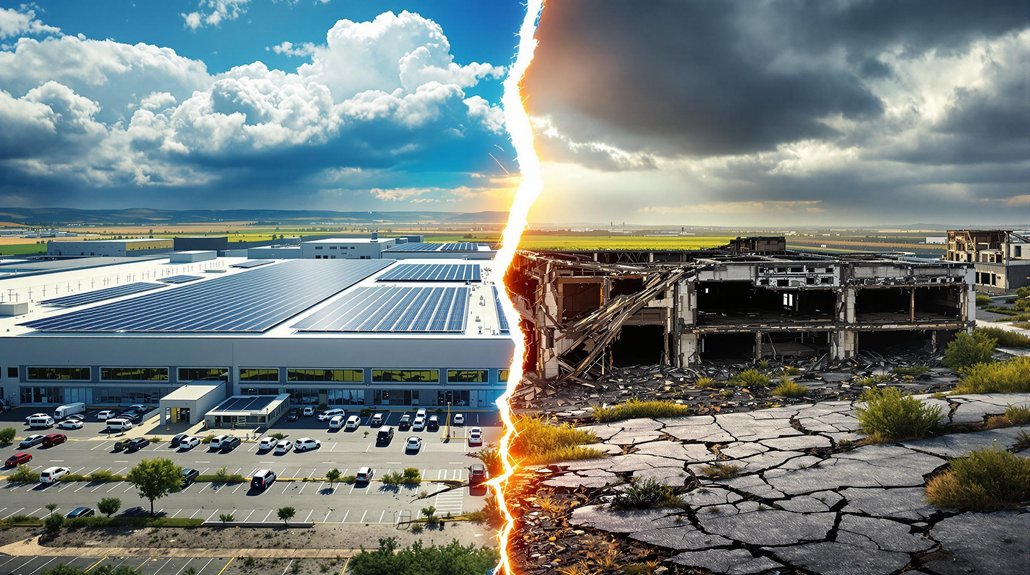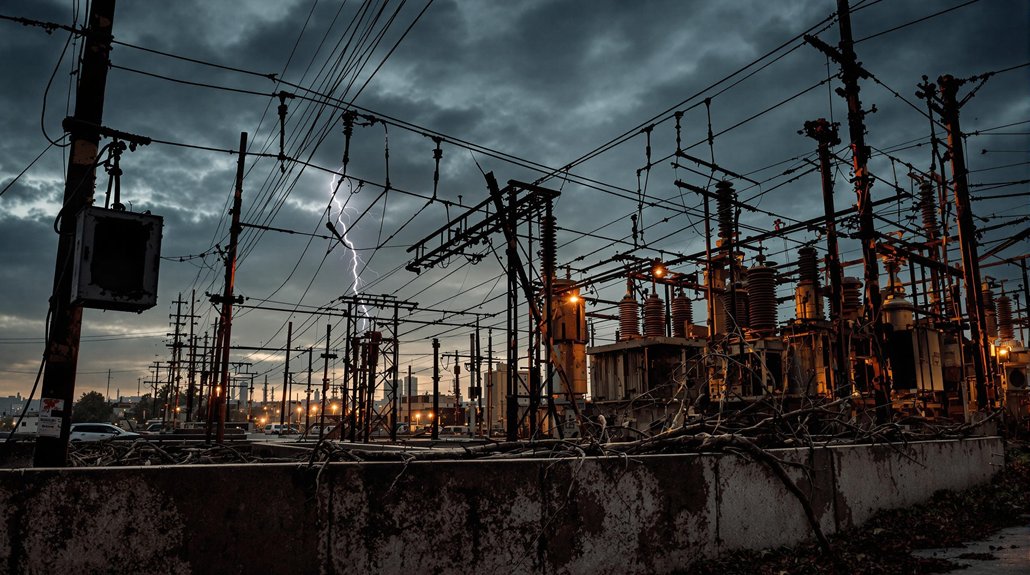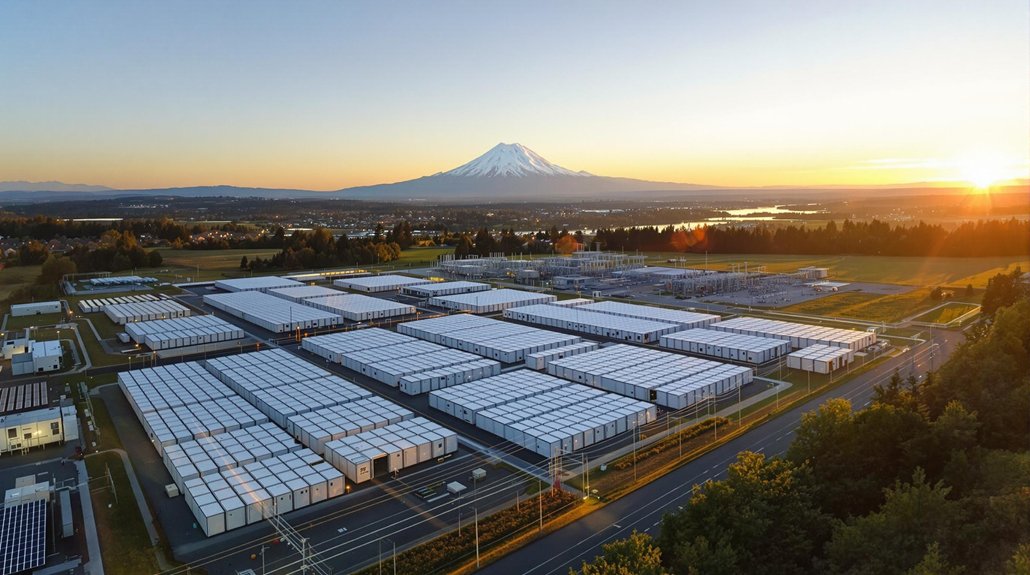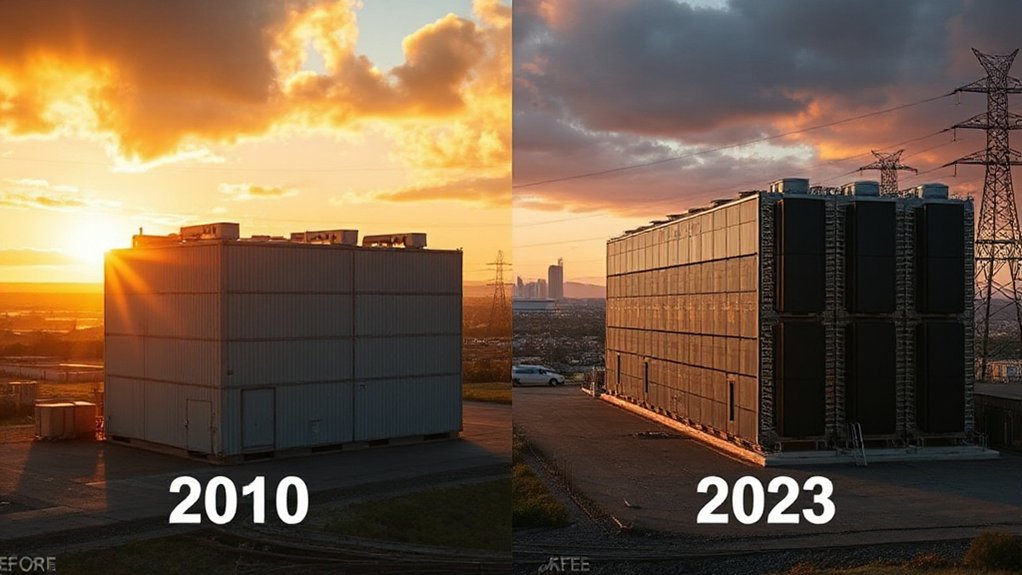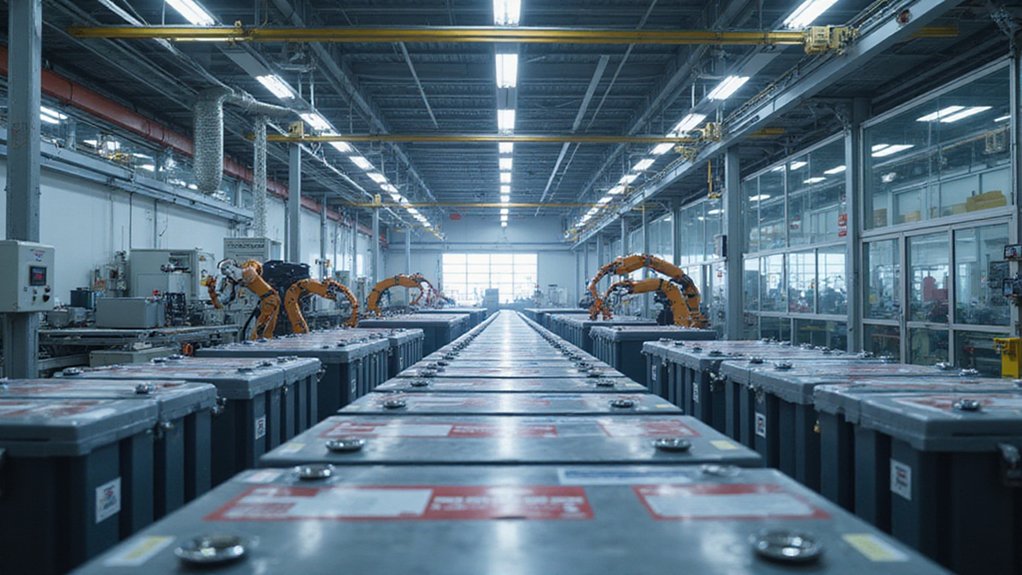The U.S. battery industry grew rapidly under President Biden, with $155 billion invested and 330,000 new clean energy jobs created. This boom now faces threats from Donald Trump’s policies. His plans include 60% tariffs on Chinese goods, including battery components. The contrast between Biden’s clean energy vision and Trump’s fossil-fuel agenda presents stark implications for America’s energy future. The fate of thousands of jobs hangs in the balance.
Despite record growth in the U.S. battery industry under President Biden, experts warn that recent developments could threaten its future. The battery sector has seen unprecedented expansion, with the global market valued at $134.6 billion in 2024 and projected to reach nearly $330 billion by 2030.
The U.S. battery revolution faces headwinds even as the global market surges toward $330 billion by 2030.
Under the Biden administration, electric vehicle sales have quadrupled while charging ports increased by almost 70%. Today, over 4 million EVs travel on U.S. roads. The administration has committed substantial resources, including $623 million in grants for charging networks and $2.91 billion to boost advanced battery production.
Private sector response has been remarkable. More than $300 billion in clean energy investments have poured in since the Inflation Reduction Act passed. Battery and EV supply chain investments alone exceed $155 billion. This growth has created over 330,000 new clean energy jobs across the country.
Manufacturing capacity has surged, with more than 360 billion dollars invested in clean energy manufacturing since 2021. Solar module manufacturing announcements now top 100 gigawatts, representing investments over $13 billion. Wind energy capacity is expected to reach 300 gigawatts by 2030. The North American battery market, valued at $22 billion in 2020, is projected to grow at a 10.5% CAGR through 2027.
However, challenges loom. The new tariffs on Chinese batteries could disrupt the market. Under these actions, Chinese batteries could face tariffs up to 150%, increasing prices for energy storage systems by 8% in the coming years. Section 301 import duties are set to rise from 7.5% to 25% by 2026. Trump’s campaign promises to impose 60% tariffs on Chinese goods would further exacerbate these cost increases.
Industry experts project over 200 new battery cell factories globally by 2030, with North America expected to host 20% of global production. But this growth requires an estimated $25 billion investment to scale the North American component supply chain. The transition to renewable energy will need significant infrastructure development to accommodate the doubling of electricity demand projected by 2050.
The battery industry’s explosive growth represents a central achievement of recent U.S. energy policy. Whether this momentum continues depends largely on future policy decisions and the government’s commitment to clean energy transformation.
